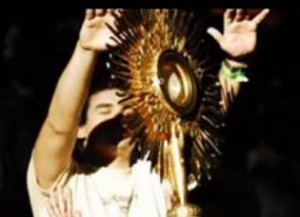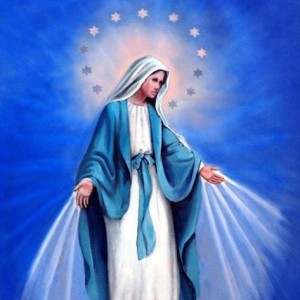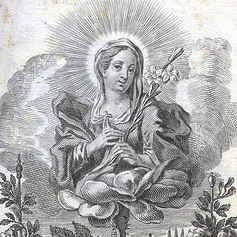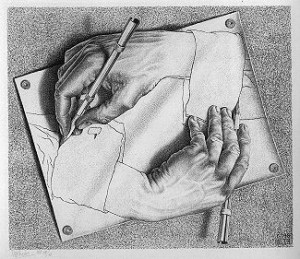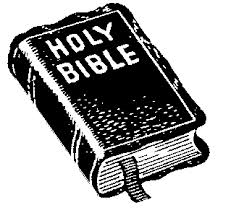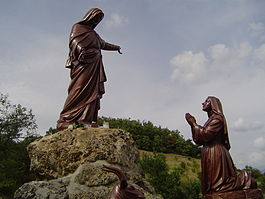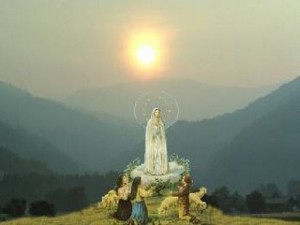
[This is the first installment of a three part series.]
This week, two “Marian” Popes are to be canonized as saints of the Roman Catholic church: Popes John XXIII and John Paul II. Both were very public about their devotion to Mary and frequented the sites of Marian apparitions. John XXIII was particularly devoted to the apparition of Mary at Lourdes, and emphatically commended “her” message to the faithful. In 1959, at the close of the 100-year anniversary celebration of the Apparitions of Mary at Lourdes, John XXIII said:
Following the pontiffs who, for a century, have recommended to Catholics that they should be attentive to the message of Lourdes, we urge you to listen with simplicity of heart and sincerity of mind to the salutary warnings of the Mother of God. (Mariology: A Guide for Priests, Deacons, Seminarians, and Consecrated Persons, Miravalle, ©2008, p. 862)
John Paul II was also devoted to the apparitions of Mary, and believed that Mary of Fatima had protected him throughout his papacy. On a papal visit to Fatima on May 13, 2000, a message from John Paul II was read to the faithful gathered there:
On this solemn occasion of his visit to Fatima, His Holiness has directed me to make an announcement to you. As you know, the purpose of his visit to Fatima has been to beatify [two of the visionaries]. Nevertheless he also wishes his pilgrimage to be a renewed gesture of gratitude to Our Lady for her protection during these years of his papacy. (Announcement by Cardinal Angelo Sodano, Secretary of State)
In that same message, John Paul II had it announced that he would finally make public the “third secret of Fatima,” a prophecy that had been delivered to the popes from the vision of Mary through the visionary, Lucia.
But public and private teachings are not the only things the apparitions of Mary have to offer. Continue reading Like the Sun Going Down on Me
 Follow
Follow